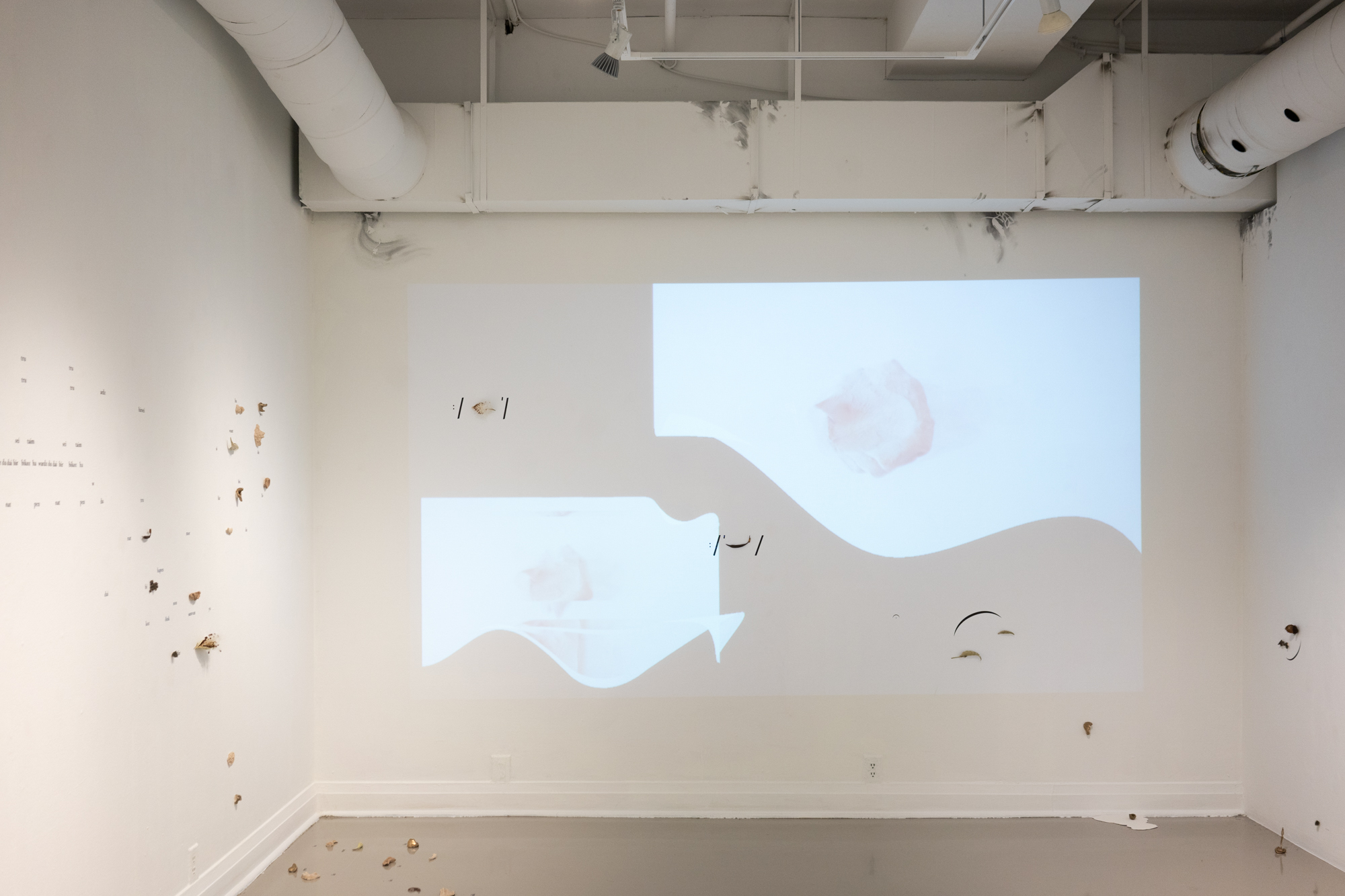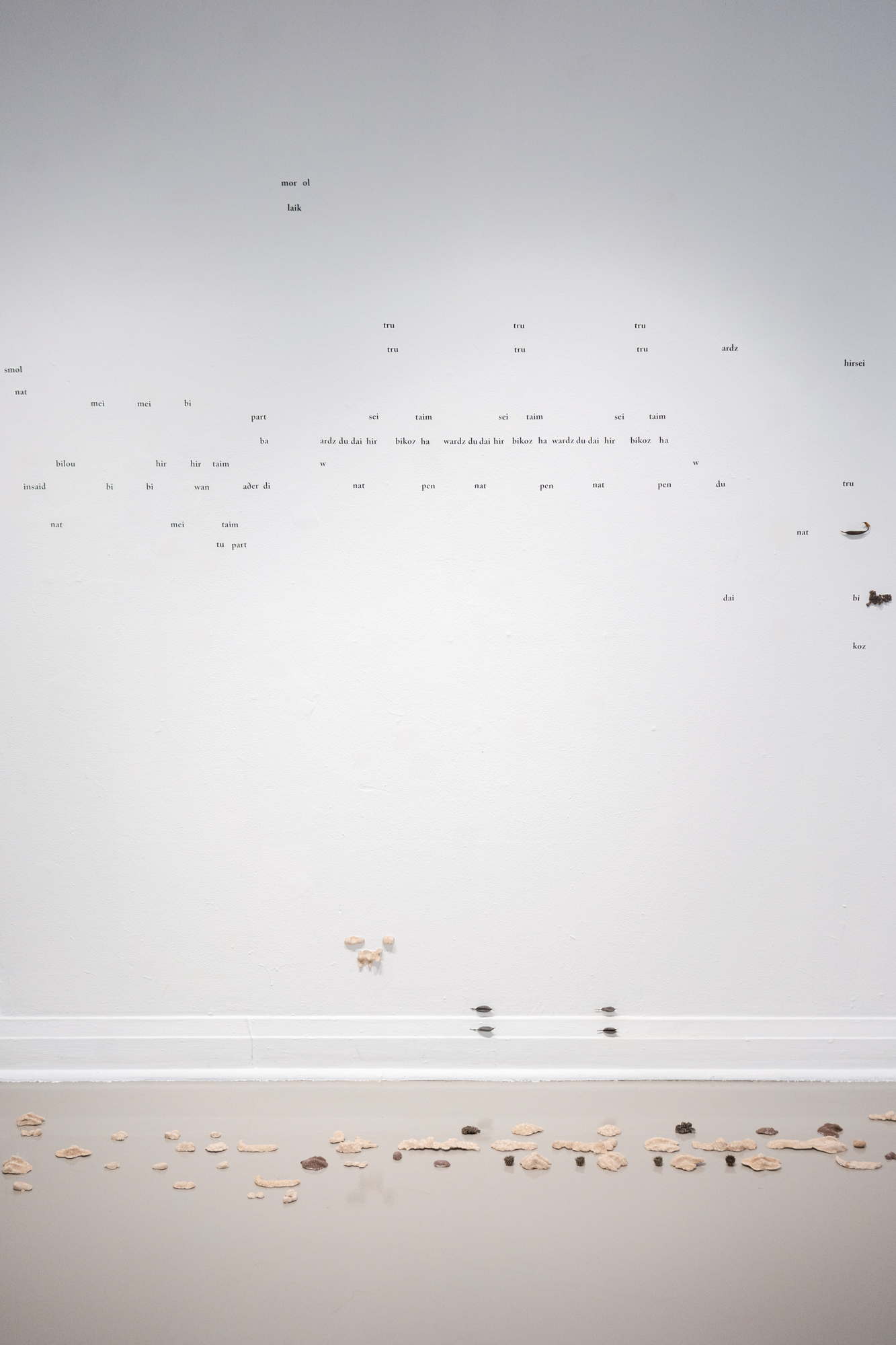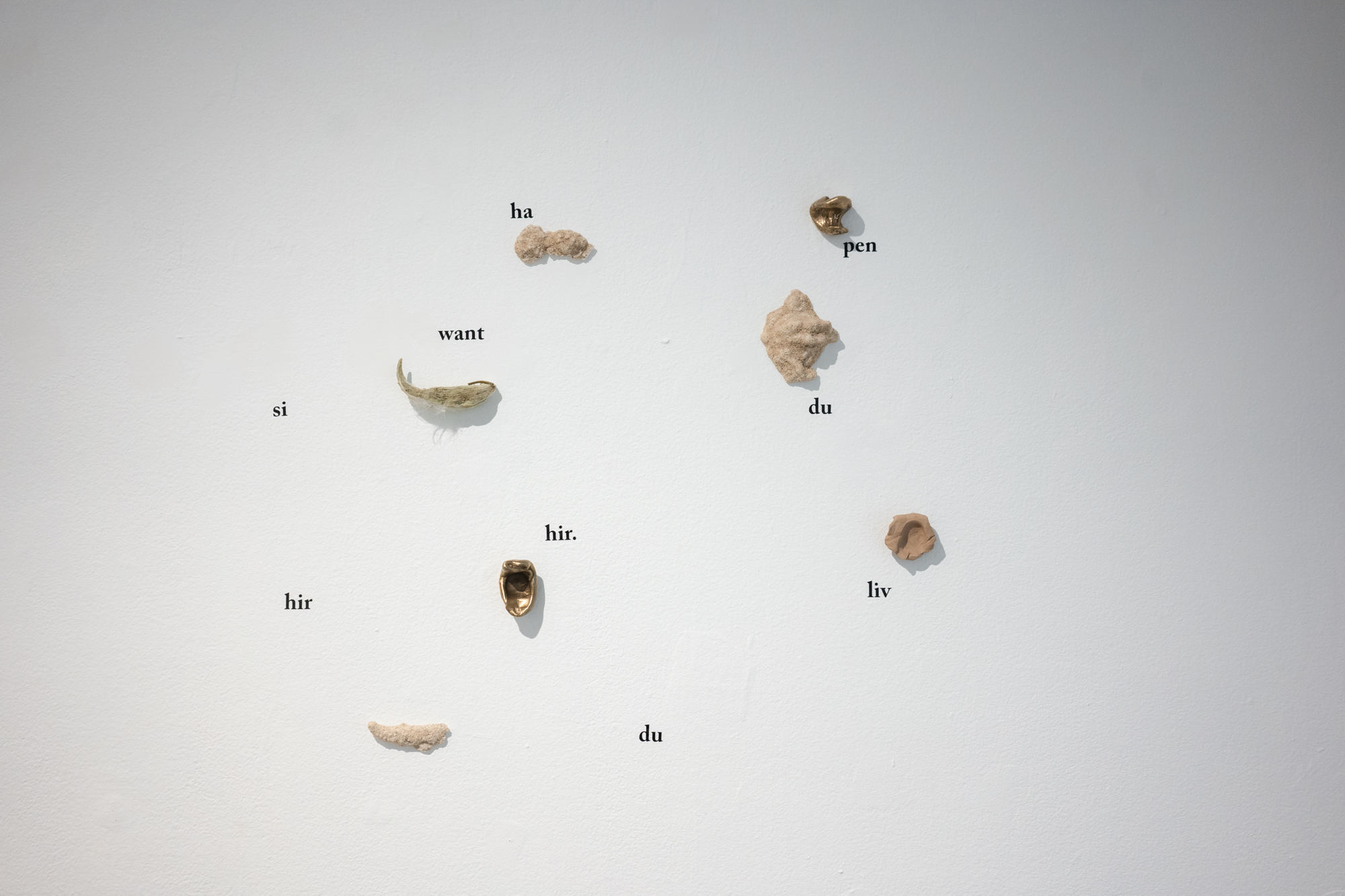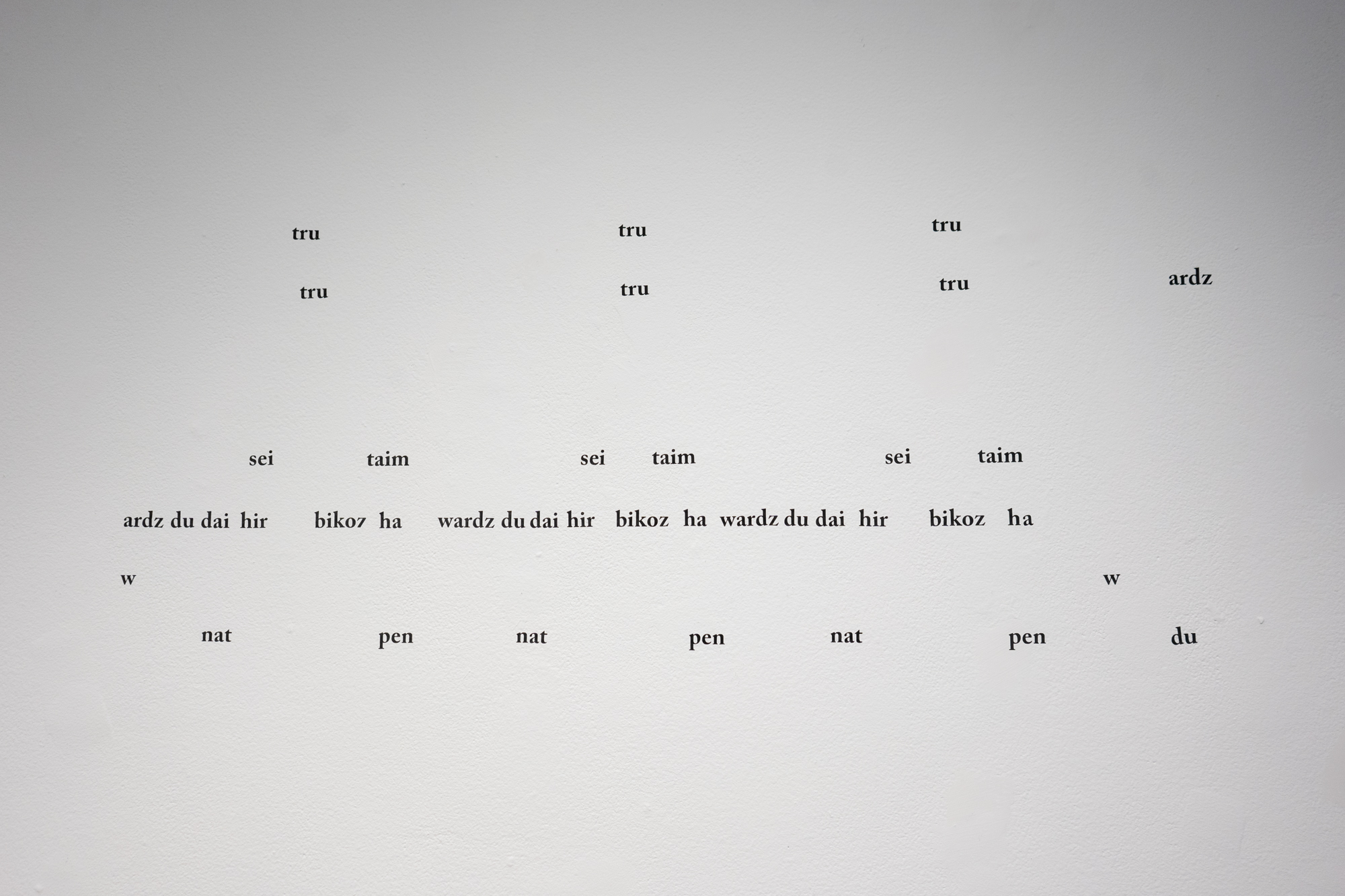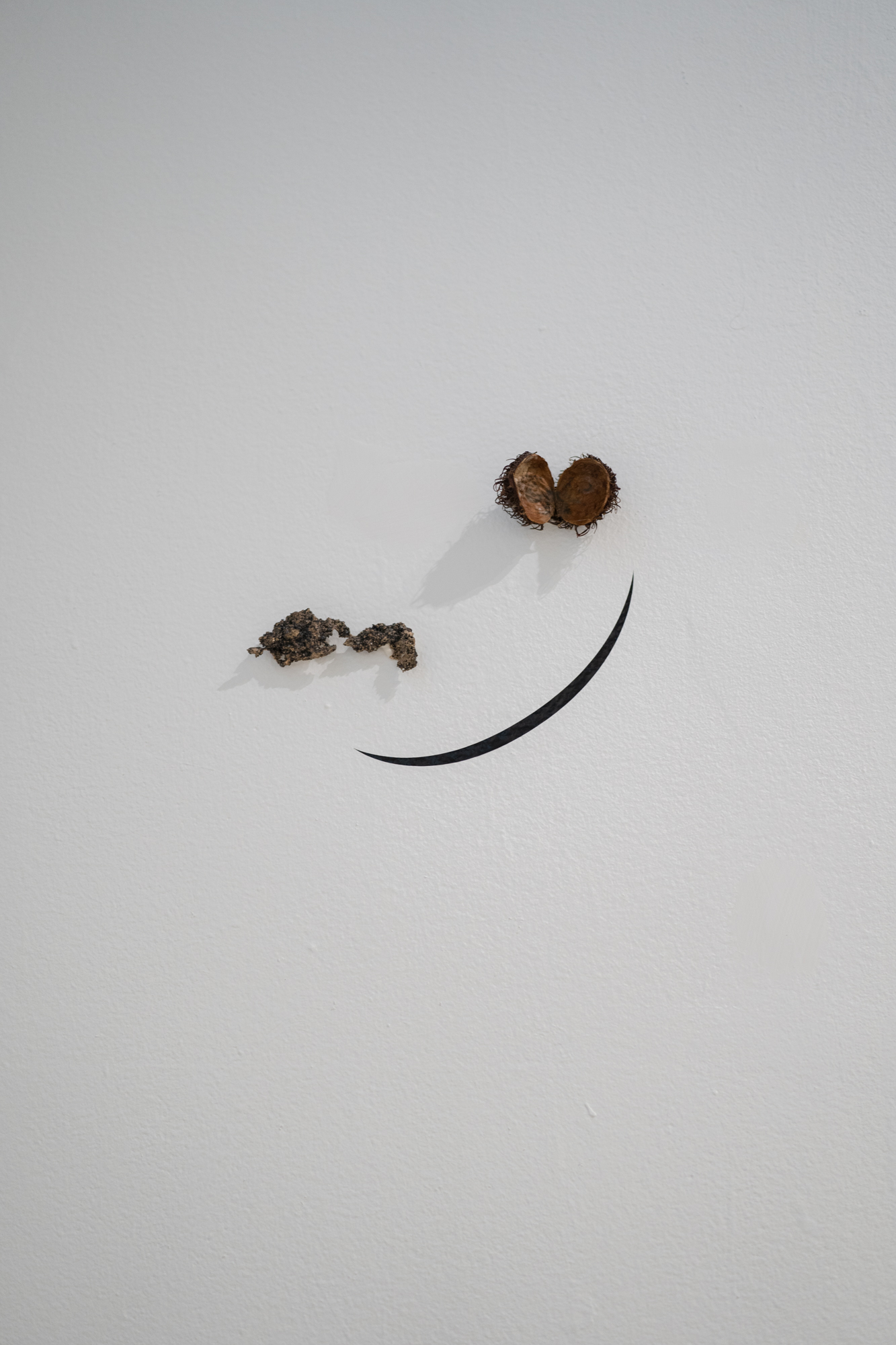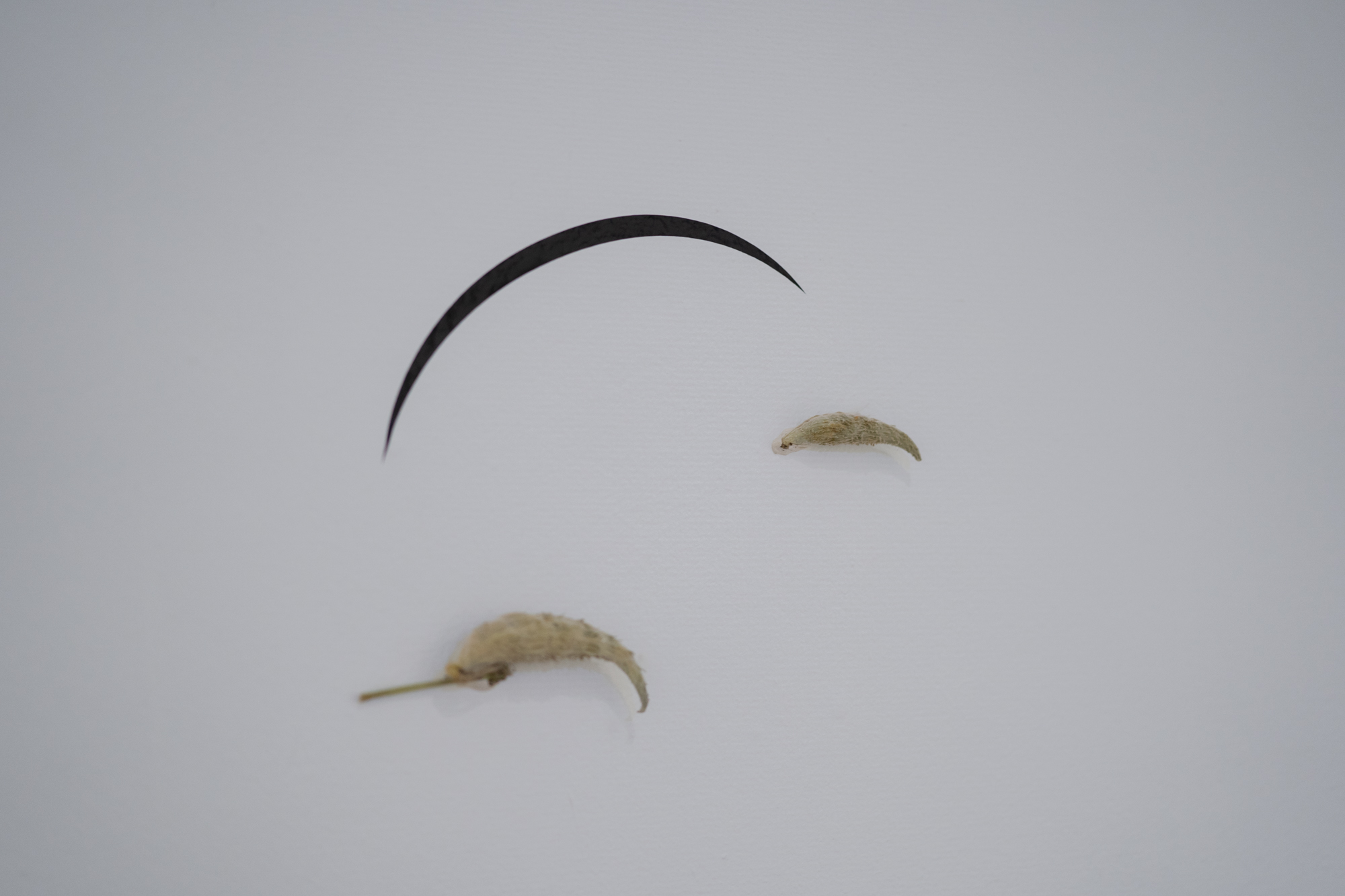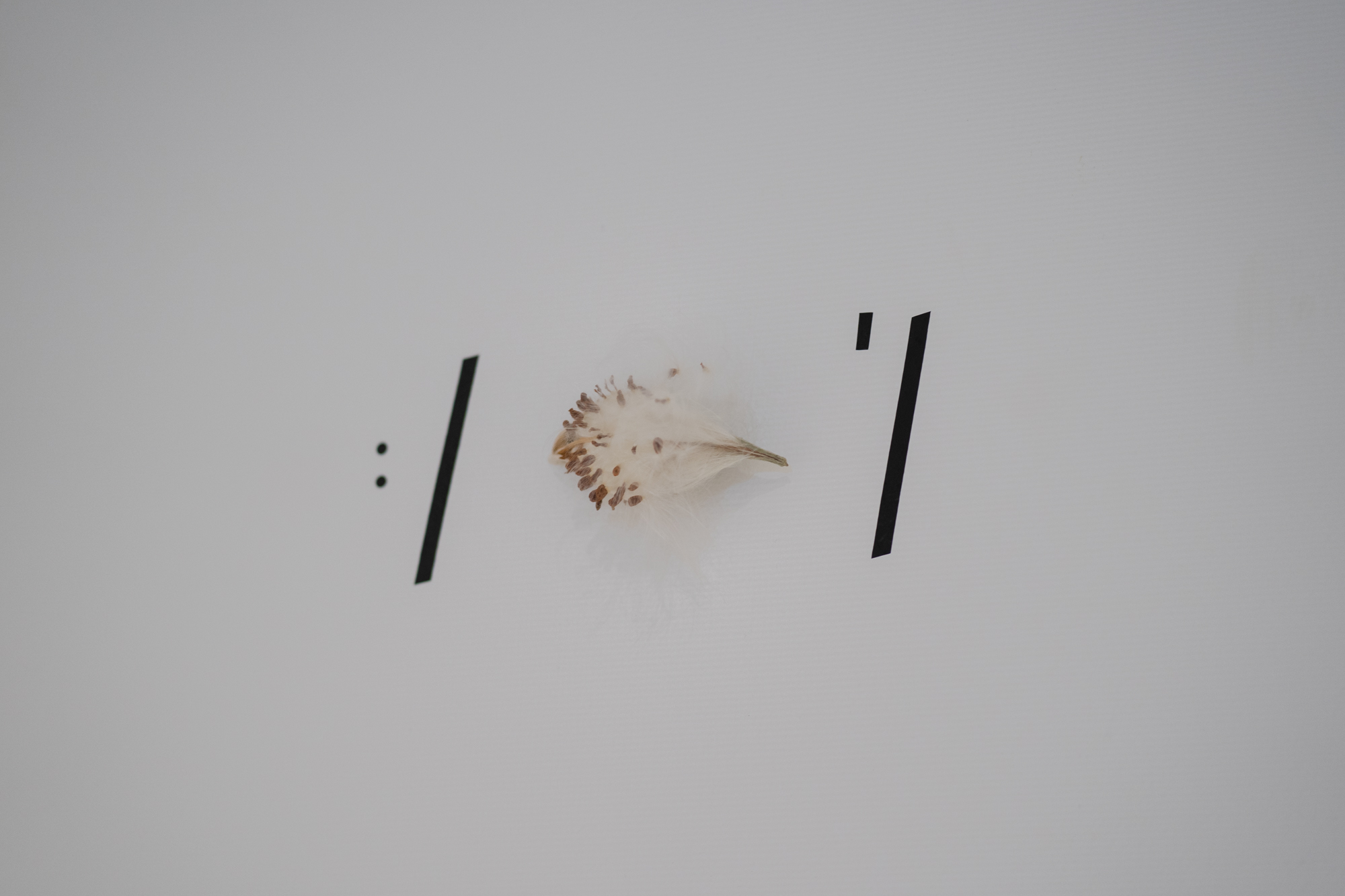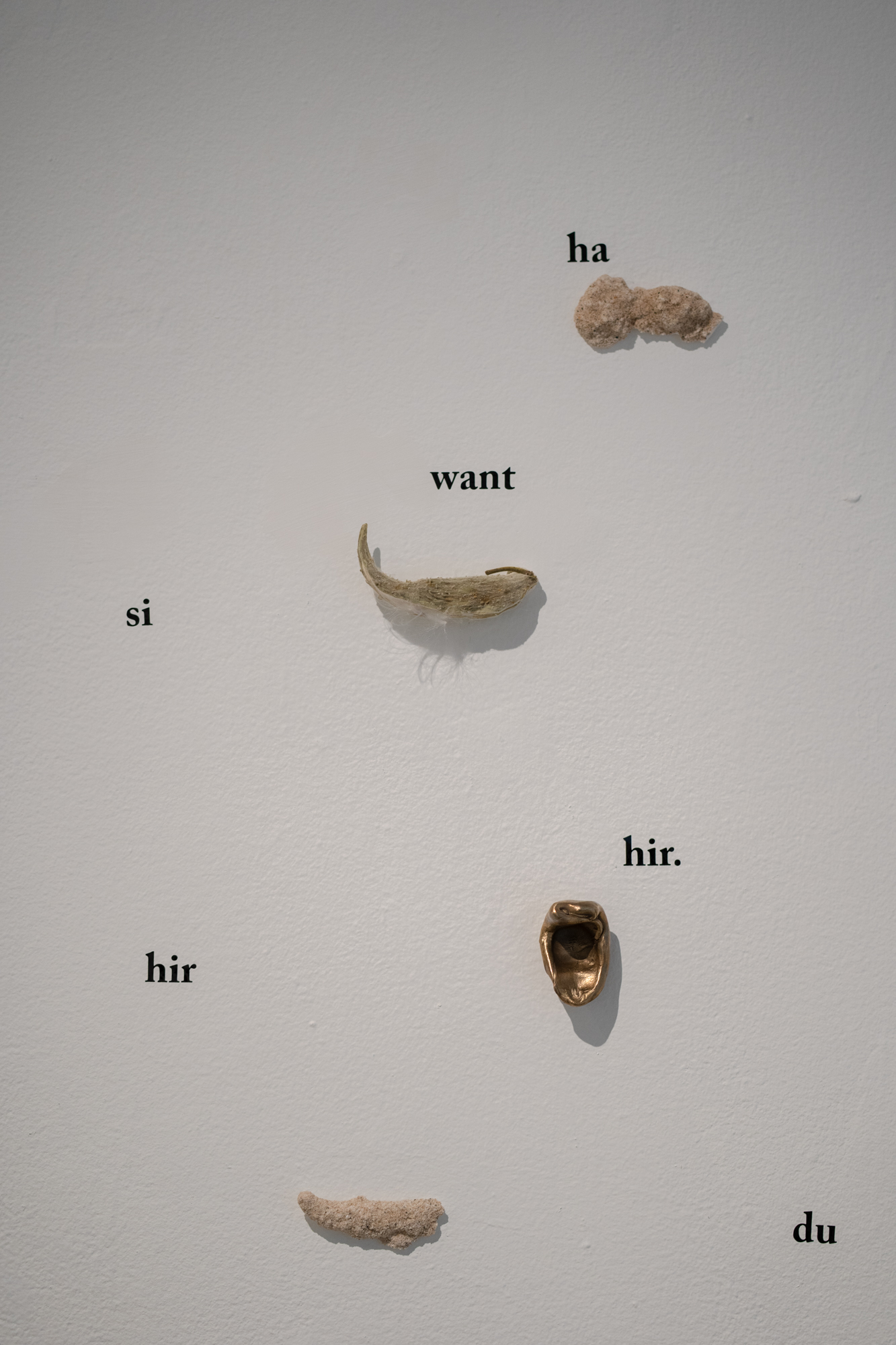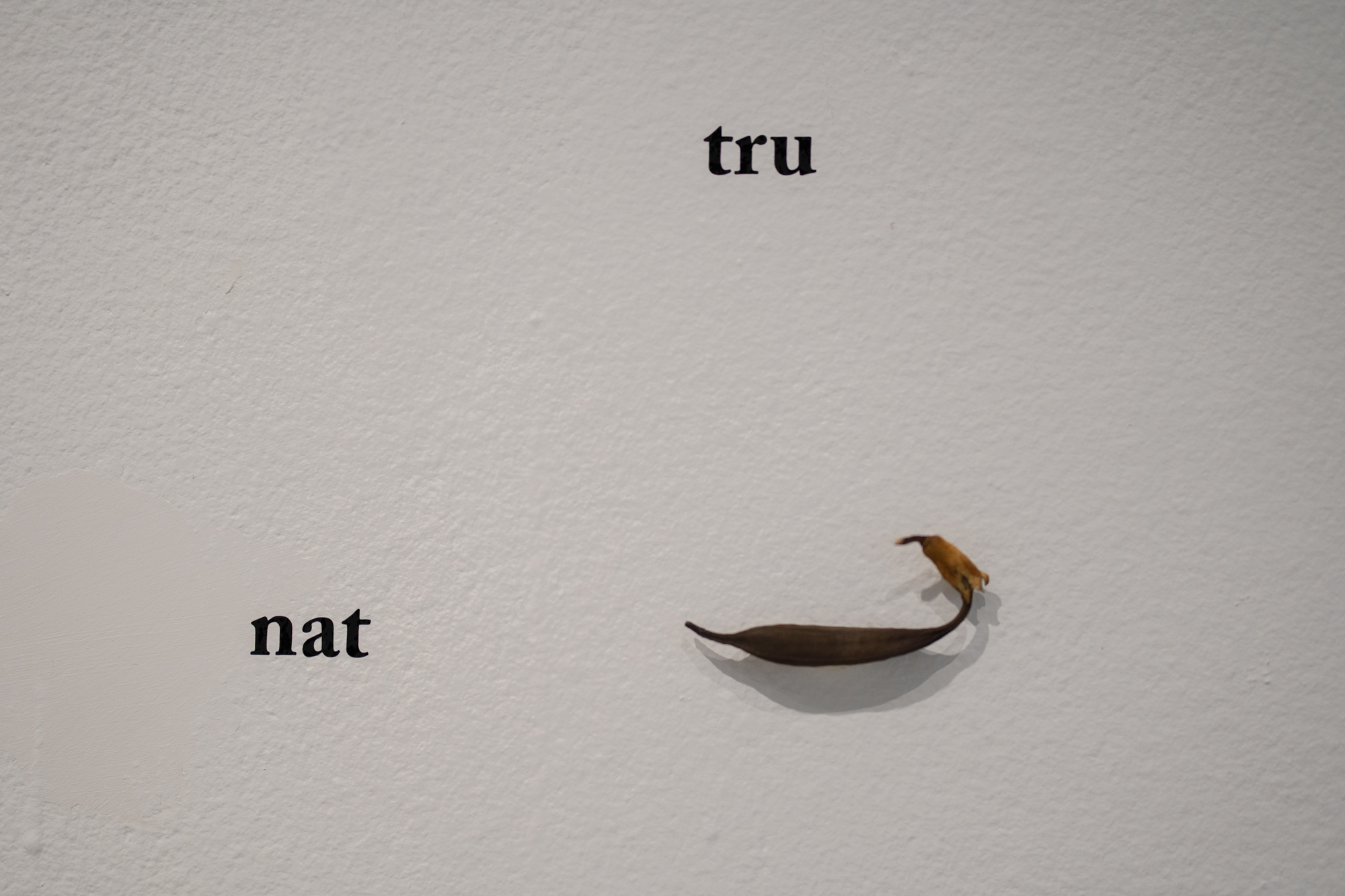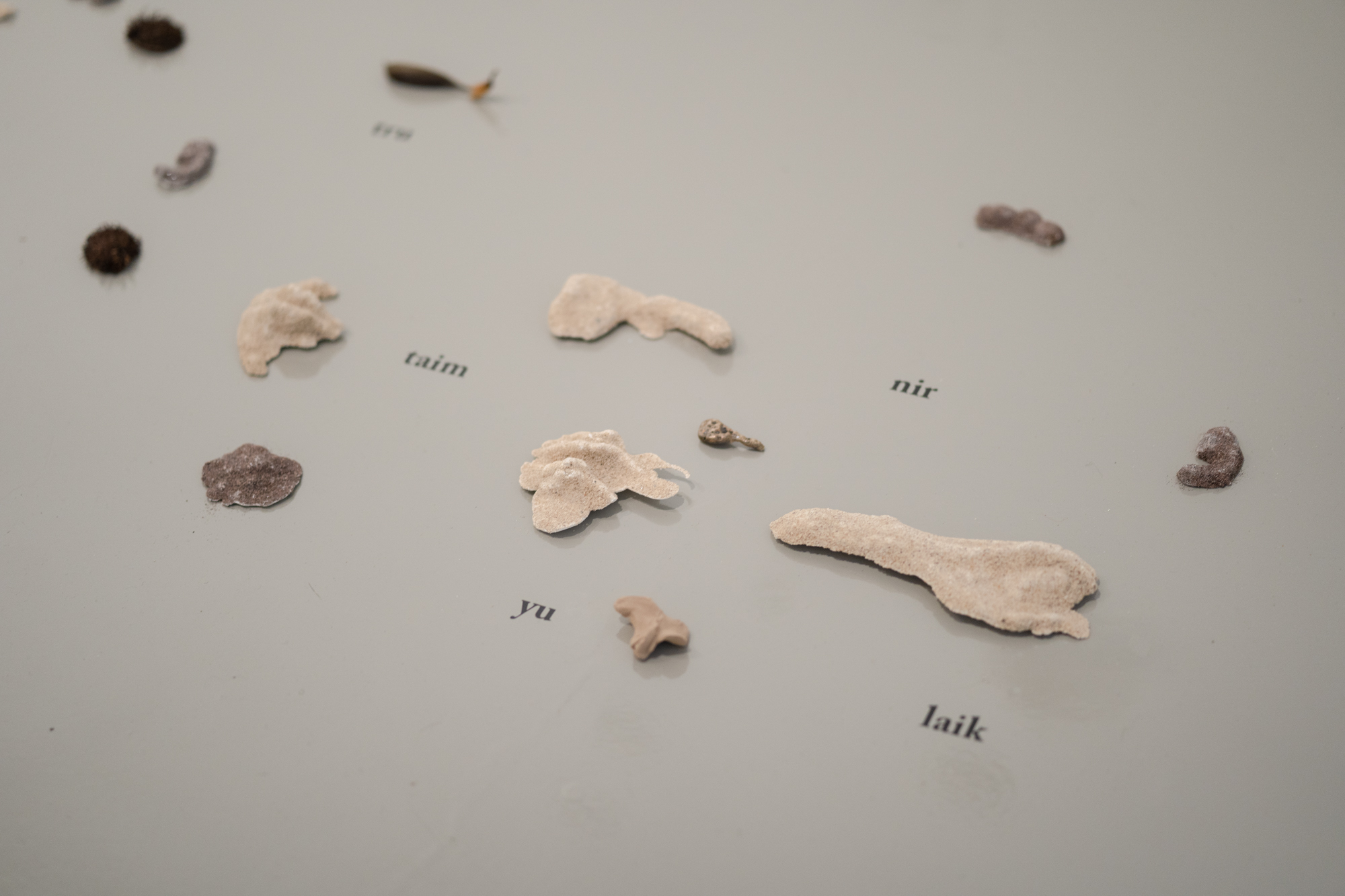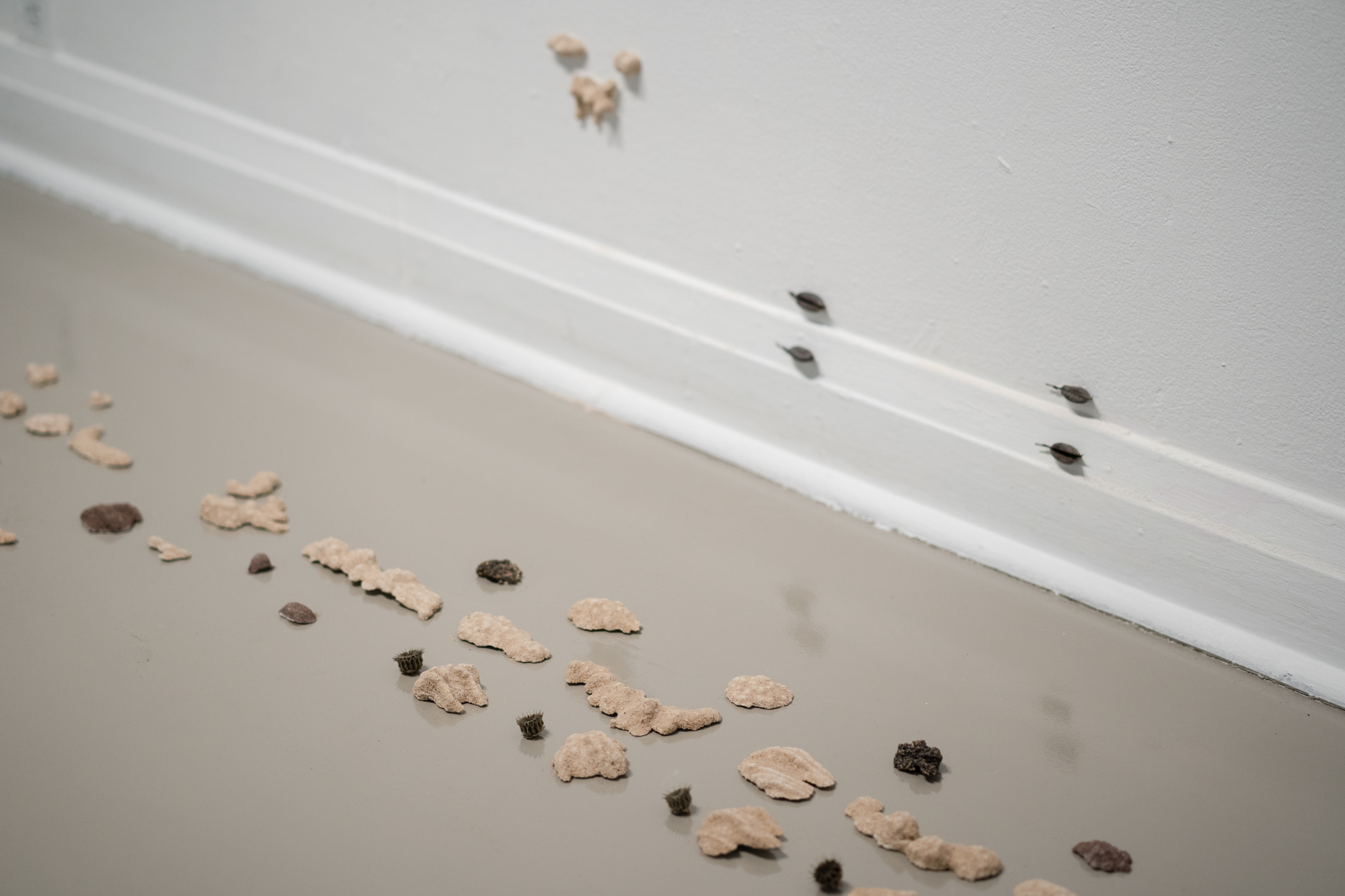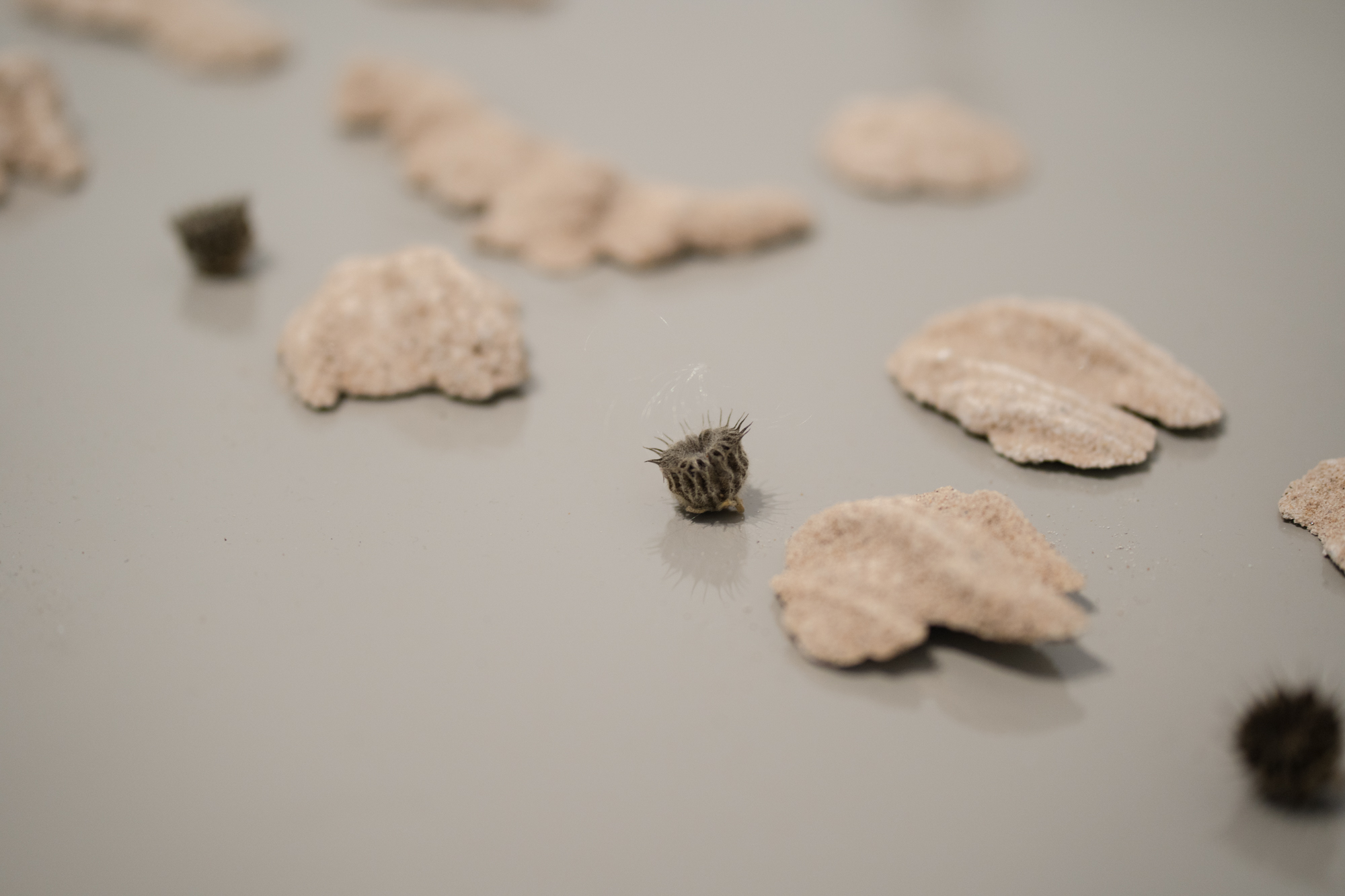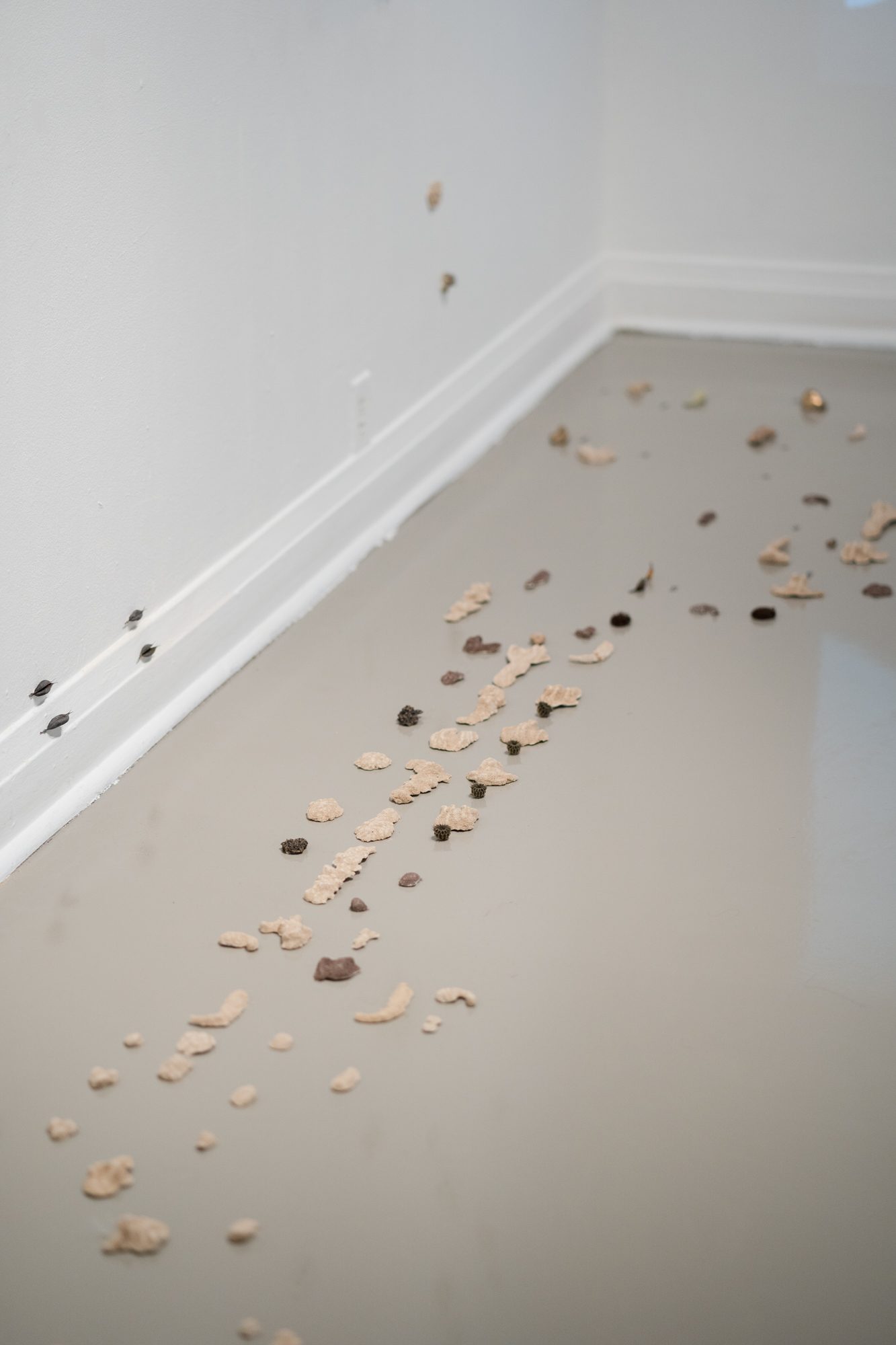What Has Hardened Will Never Win
Xpace Cultural Centre, 2023
One of the burning riddles of our time lies in the question of how to convey existential risks to communities of the future. The inflated ego of the present routinely casts a shadow over what is yet to come, despite its inevitability and obvious vulnerability. Nuclear activities of the late twentieth-century illustrate this problem more clearly. Researchers around the world have been grappling with how to effectively convey the risk of contaminated nuclear sites to our descendants.
Is it possible to care for and protect civilizations we cannot yet imagine? In 1993, the US Government’s Sandia Laboratories released a report addressing this existential challenge.i The report’s various committees studied known catastrophes and civilization collapses, speculating retroactively about how this knowledge has reached us in the present. Proposals for long-term notices of warning are, at their core, theories of communication although they typically do not rely on language as a primary methodology. The report generated ideas ranging from pictograms, architectural and biochemical interventions, and a variety of ‘gestalt’ messages messages where the total meaning is greater than the sum of its individual parts—in the service of relaying the vital information of nuclear threat.
The Sandia report is coated in a rhetoric of responsibility and fairness, while somehow managing to evade dimensions of culpability or apology. Despite this omission, what is astounding about this project is its emphasis on epistemological systems outside of language as the most critical for survival. The Sandia report is a testament to human creativity and compartmentalization that epitomizes a matrix of human impulses, from destructive tendencies to care and empathy.
What can we learn about ourselves when we consider communication outside of language? Visual art is often discussed as its own kind of language dwelling in the domain of representation and affect that can be differently “read.” Installation takes form in a myriad of ways, but it is most effective when its audiences can register it somatically. Across the landscape of artistic mediums, it is perhaps the most effective for developing ‘gestalt’ messages.
What Has Hardened Will Never Win yields a material snapshot of a longform conversation between Sasha Shevchenko and Evgenia Mikhaylova. The exhibition extends the field of the artwork to its total environment with a volume of iterative, fluid, and site-specific gestures manifesting in a thoughtful arrangement of smaller fragments. Their diffuse and composite approach reflects a mutual commitment to the multitude by creating an open-ended and textural environment where audiences are encouraged to reflect on their individual responses to the culmination of works. Entwined in the project space at Xpace, Shevchenko and Mikhaylova’s artworks nurture a propositional playground that celebrates the human capacity for nuance and plurality in our epistemological strategies.
Evgenia Mikhaylova’s works probe the ways we construct meaning in and outside of linguistic frameworks. Her multidisciplinary installation, Semantic Noise or Words Do Lie Because Time Happen (2022-2023), emerges from her interest in the concepts of semantic noise and semantic primes. In communication systems frameworks, ‘noise’ is a term that broadly defines any obstruction in the flow of information between two or more participants. ‘Semantic’ noise occurs when language carries an ambiguous pulse and multiple interpretations compete.ii The interpretation of specific words, idioms, etc, over others can reveal the hidden barriers between ourselves and others, attuning us to the ways that we are each the product of a particular constellation of experiences informed by our identity, relationships, and environments. Semantic primes are instances where a word or concept is innately understood by any culture, though cannot be easily explained.iii YOU, ME, THIS, NOW, semantic primes are units of thought and speech that are uniquely irreducible.
Semantic Noise or Words Do Lie Because Time Happen (2022-2023) explores how embodied knowledge influences the way we interpret our surroundings. A mosaic of sculpture, vinyl text, sound, and video projection, Mikhaylova’s works spans tangible and intangible media, Mikhaylova’s installation invites the body to decipher its own interpretation of the environment, relying on associations rooted in lived experience. Vinyl lettering arranged on the wall spell out semantic primes phonetically, providing a lyrical script for the accompanying sound component. These fragments explore the dislocation between composition and aurality, illustrating the same thing through radically different means. On the floor, Mikhaylova offers a group of small gestural objects made of clay, bronze, plaster and sand, dried plants and seeds combine intuitive and technical processes, exploring formal modes of translation and intuition: an open-ended text crafted without an alphabet.
The film of ambiguity that coats our daily exchanges is an inevitability that can be generative. Misunderstandings and semantic hiccups do not simply produce dead ends. They can also foster surprising exchanges and present opportunities for novel specificity through the formation of new hybrid words or metaphors that articulate the moment. These exchanges relieve the weight of grammar and syntax, favouring the lesson of the moment over perfect execution. This complexity can also create surprising connections, opening up new vistas for communion and shared understanding that would not be translatable without these imperfect associations.
Memory is a serpent that coils itself around the truth, swallowing, and metabolizing it before naming it so. Sasha Shevchenko’s work investigates how certain materials dissolve time and space, using empathy as a strategy for unlocking gated connections of understanding. Working from and through her experience of diaspora as a person born on a different territory.
Shevchenko constructs situations that reflect the shifting emergency of cultural maintenance, preservation, and evolution. Here, emergency does not equate to a singular event or context, but refers to the emergence of urgency, emphasizing the momentum of collective resistance and the politics of interpretation. Shevchenko’s work references Ukrainian visual culture and heritage, including embroidery motifs and linen processing and dyeing, but manages to evade one-sided or prescriptive interpretations about national identity. Rather than approaching these references as stable signifiers, Shevchenko proposes new ways of seeing and feeling known traditions by welcoming abstract associations that accommodate today’s context, elucidating their boundlessness in diaspora. Envisioning her projects as ethnoscapes, scenes acknowledging the flow of people across boundaries, Shevchenko’s practice is a shelter for nuance, approaching the familiar objects and body parts found in her installations as vessels for meaning that are perpetually in flux.
Something in Everyone (2022-2023) is a recurring, site-specific installation in which Shevchenko’s material investigations work toward a floating visual metaphor. Repurposed bottles are dressed with linen and are staged differently each time, allowing the work to fade in and out of contact with global concerns. More recently, the bottles have drawn a formal resemblance to Molotov cocktails, a symbol of Ukrainian resistance and resilience, casting it with a political valence in light of the intensification of the Ukranian-Russian war in 2022. The bottles’ frenzied display on the floor incite a feeling of disturbance and anguish, but their grouping also carries a sense of communion and vitality. On the wall, another component of Something in Everyone features a yellow vinyl applique that combines patterns found in Ukrainian embroidery and Soviet-era Persian carpets from former USSR countries. Blurring these visual contexts, Shevchenko points to histories of soft power play out in creative and domestic spaces while still leaving room for alternate readings. The amalgam of her thoughtful material juxtapositions reveal a crack in the facade of generalization. Instead, each component appears as a vital individual contributing to a collective force.taking place in the realm of aesthetics.
What Has Hardened Will Never Win, a sentiment propagated from filmmaker Andrei Tarkovsky, reflects Shevchenko and Mikhaylova’s embrace of softened contours and open metaphors. Noting the futility of fixity, the statement supports the necessity of melting down our assumptions of what must be so. Evidently, the renunciation of totality in favour of increased sensitivity and adaptation is as potent a gestalt message as any before it.
[i] Kathleen M. Trauth, Stephen C. Hora, and Robert V. Guzowski, “SAND 92-1382: Expert Judgment on Markers to Deter Inadvertent Human Intrusion into the Waste Isolation Pilot Plant,” (United States Department of Energy, November 1993), https://digital.library.unt.edu/ark:/67531/metadc1279277/m2/1/high_res_d/10117359.pdf.
[ii] Fred E. Jandt, “Intercultural Communication Competence,” An Introduction to Intercultural Communication: Identities in a Global Community 9th Edition, SAGE Publications, 2018, 82–83.
[iii] See: Anna Wierzbicka, Semantics: Primes and Universals, Oxford & New York: Oxford University Press, 1996.

What Has Hardened Will Never Win, Xpace Cultural Centre, 2023
